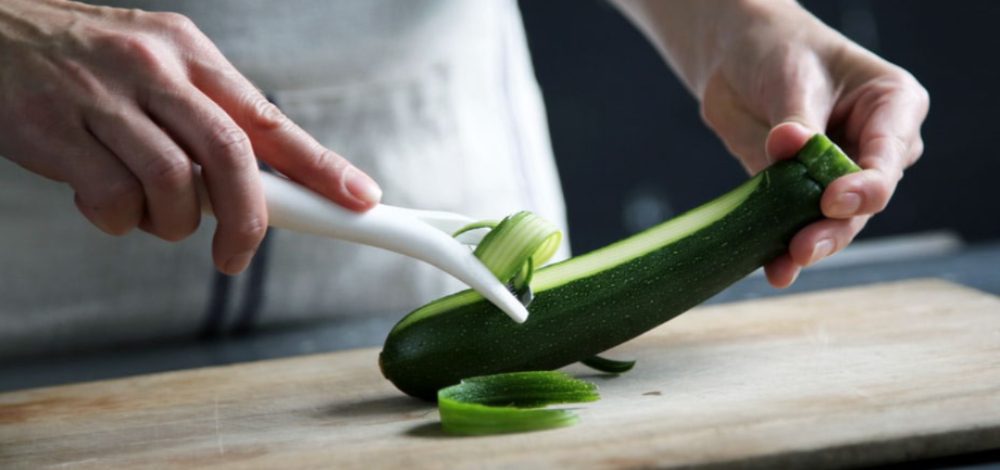Health and wellness has exploded in recent years into an extremely profitable industry. More and more consumers are prioritising healthy lifestyle choices, and are more conscious of what they are putting inside their bodies.
The trend toward more health-conscious consumerism may be well-established, but it continues to gather momentum. According to Mareya Ibrahim, natural products industry veteran and chef, “The reason that health in general is getting so prominent is people are finally starting to connect the importance of what you consume in your body to longevity and to your health overall. There’s almost nothing off limits now.”
Less is more
This trend has two main strands – removing the nasties in our food, and adding more of what’s good for our health and wellbeing. Less of the chemicals, processing, additives, trans-fats, sugar, salt and alcohol, and/or allergens like gluten. More healthy and functional foods and drinks in our diets – like whole, fresh fruits and vegetables, good fats, added nutrients, fibre, probiotics, fermented food products and functional additives like CBD oil and collagen.
These smarter food choices go hand in glove with more active lifestyles, flexitarianism and other trends. Policymakers are playing a part, through taxes on sugar-sweetened beverages, as well as alcohol, and tighter regulations on food labelling.
Better-informed consumers read these food labels more closely, understand what actually goes into products on the supermarket shelf, and are more aware of what it may mean for their bodies, whether through medical advice or their own research. Concerns about the effects of processed foods on health not only spur demand for ‘clean-label’ products with natural ingredients; they also feed disbelief and suspicion of big brands.
What ‘less is more’ products are out there?
People are curious about smaller start-ups, drawn in by their stories and buy into their purpose and brands that speak to their values and yearnings. This could be for a healthier, more wholesome diet, a more sustainable supply chain or a more friendly manufacturing process. New products are being created via ‘smart food hacks’ – replacing unhealthy components with beneficial ingredients that are more fibrous, richer in protein or lower in calories. Examples include cauliflower pizza crust, zucchini-spaghetti, broccoli-rice, chickpea crisps and ‘nicecream’ – a vegan ice cream alternative based on avocado, banana or other fruit.
This trend is affecting every segment of the food market – from snacks, baking and ‘better for you’ desserts to meat alternatives, sprouted breads, sea vegetables and energy drinks. This shift to healthier consumption reaches even to beer and wine, as low/no-alcohol versions enjoy newfound popularity – helped perhaps by the growing number of younger people turning off drinking: over a decade in the 16-24 age group, the proportion of teetotallers has risen from a fifth to a quarter.
We see this trend gathering force as more food and drinks get a healthy makeover and new ‘super’ ingredients are discovered or synthesised for a market with more educated consumers, intent on ‘cleaner’ eating. It’s not the end of indulgence and excess – more a widening realisation, extending to new demographics and market segments, that treating yourself is about health and wellbeing as well as tastes.
For more trends in food and beverage, download your copy of “An appetite for change” here:









